Lautrec
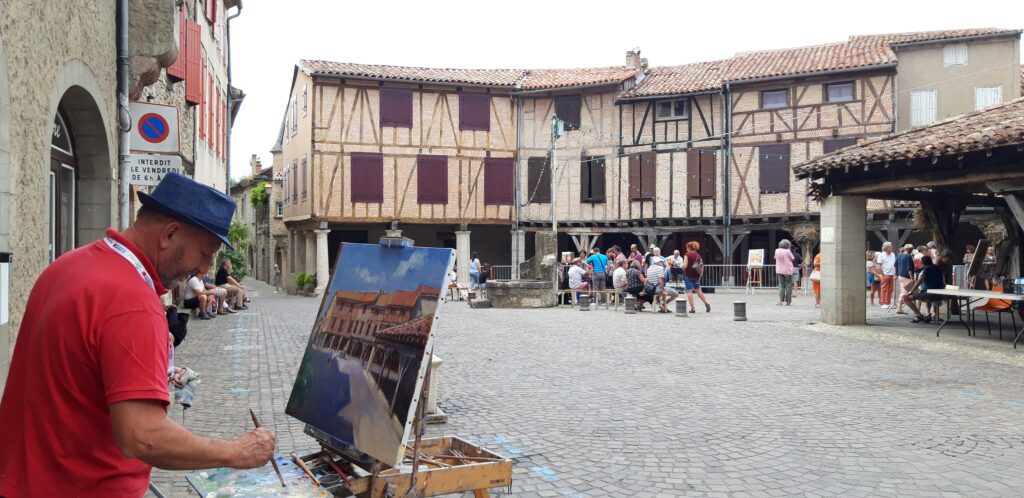

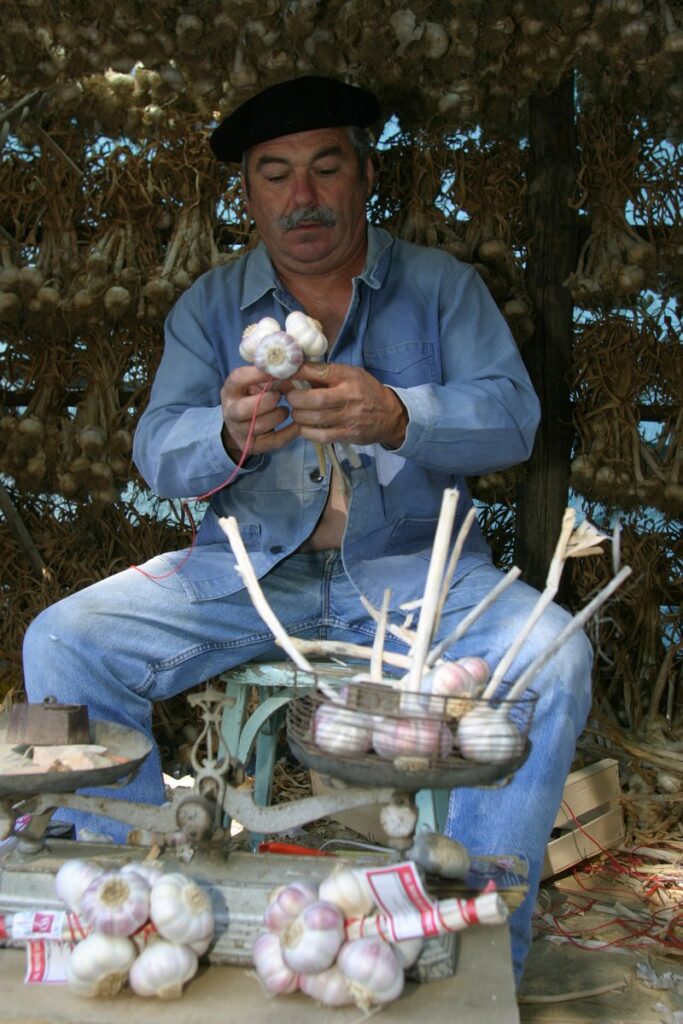
Starts on the first Friday in Augustt
Our home, Lautrec, is on the list of the 100 most beautiful villages in France. The small centre between the village walls exudes the atmosphere of the Middle Ages.
The streets are narrow and the 17th century mill was restored in 1991. It is one of the rarest flour mills in the Midi-Pyrénées. From this point, you have a beautiful view of the orange roofs of the village and the valleys.
When the sky is clear, you can see the Pyrenees on the horizon.
Pink garlic is planted in huge fields in December and harvested around August-September. Pink garlic has a long shelf life and is a good remedy for many illnesses, as well as being an invaluable seasoning in the kitchen. Lautrèçoise soup is for the true gourmet: a good warming on cold days.
Aquaval
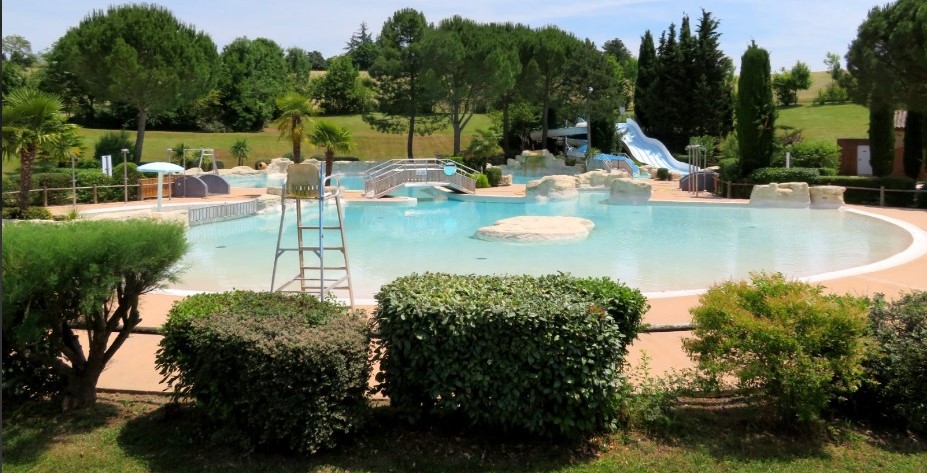
Children can have fun at Aquaval (Lautrec), an outdoor swimming complex. (More info)
La voie verte
In France, a number of railway tracks have been replaced by attractive footpaths known as ‘voies vertes’. The ‘Human Rights Trail’ between Albi and Castres is 42 km long.
In this hilly country it is an advantage that the paths along these former railroad tracks are fairly flat.
Motorised vehicles are not permitted, so you can walk, cycle or ride on horseback.
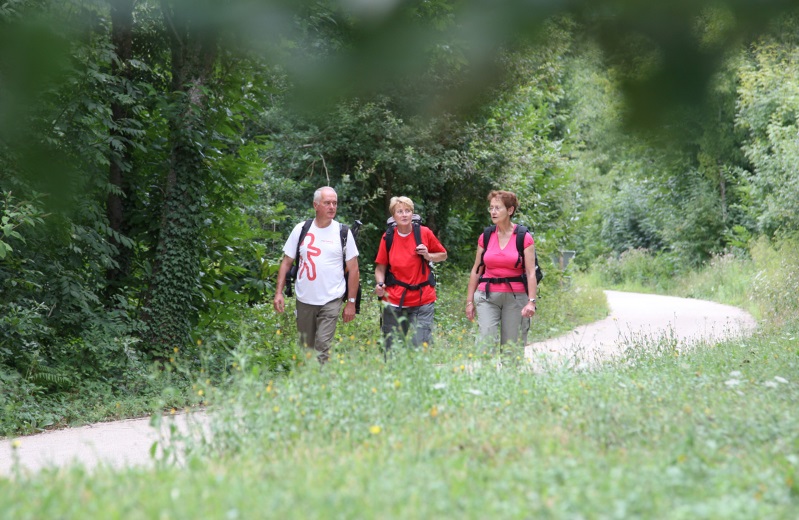
The Cathars
The Cathars are also known as Albigensians, like the inhabitants of Albi.
The mystery surrounding this religious movement is great.
In the book ‘Le Saint-Graal’, the author describes the discovery of a parchment in the church at Rennes-le-Château. According to the author, there is evidence that Jesus lived in this area.
The Cathars were inspired by the life of Jesus Christ.
They turned against the Roman Catholic Church, which was too concerned with power and wealth instead of spirituality.
Albi
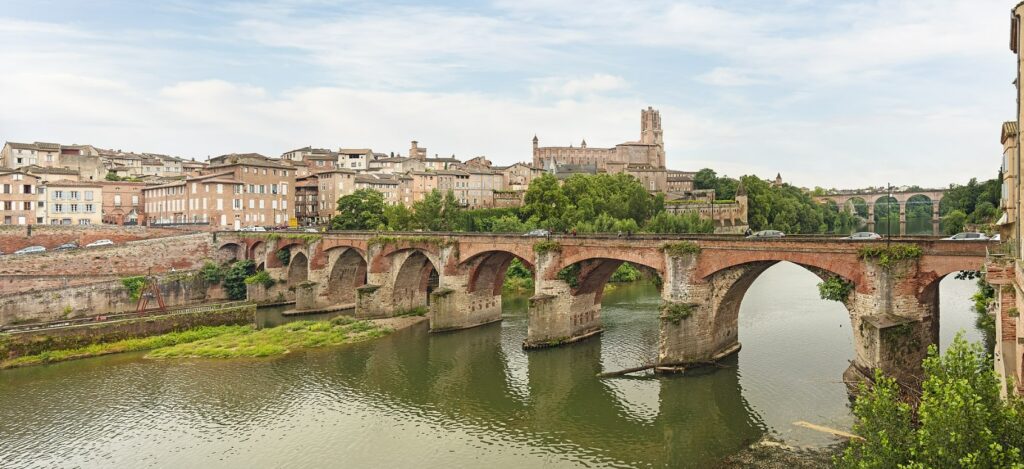
Carcassonne

The history of Carcassonne begins at the Carsac site, 2 kilometres south-west of the present-day town. Archaeologists found traces of a settlement there dating back to 800 BC! Around 550 BC, this first “village” gave rise to the Carcaso oppidum. The advantage? An unobstructed view over the surrounding plain and the River Aude. An ideal position in the event of an attack!
Carcaso became a key stop-off point on the road from Narbonne to Bordeaux. Conquered by the Romans in 122, it prospered thanks to the wine trade. Remains of Etruscan and Greek pottery confirm that the Gallo-Roman city was at the heart of the region’s commercial exchanges.

